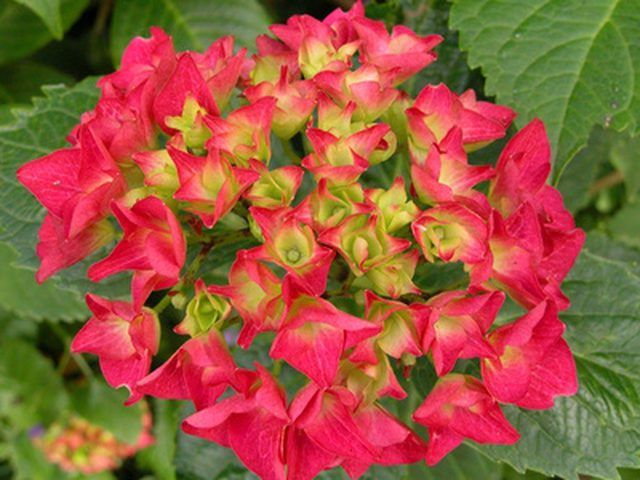Bulbs
Flower Basics
Flower Beds & Specialty Gardens
Flower Garden
Garden Furniture
Garden Gnomes
Garden Seeds
Garden Sheds
Garden Statues
Garden Tools & Supplies
Gardening Basics
Green & Organic
Groundcovers & Vines
Growing Annuals
Growing Basil
Growing Beans
Growing Berries
Growing Blueberries
Growing Cactus
Growing Corn
Growing Cotton
Growing Edibles
Growing Flowers
Growing Garlic
Growing Grapes
Growing Grass
Growing Herbs
Growing Jasmine
Growing Mint
Growing Mushrooms
Orchids
Growing Peanuts
Growing Perennials
Growing Plants
Growing Rosemary
Growing Roses
Growing Strawberries
Growing Sunflowers
Growing Thyme
Growing Tomatoes
Growing Tulips
Growing Vegetables
Herb Basics
Herb Garden
Indoor Growing
Landscaping Basics
Landscaping Patios
Landscaping Plants
Landscaping Shrubs
Landscaping Trees
Landscaping Walks & Pathways
Lawn Basics
Lawn Maintenance
Lawn Mowers
Lawn Ornaments
Lawn Planting
Lawn Tools
Outdoor Growing
Overall Landscape Planning
Pests, Weeds & Problems
Plant Basics
Rock Garden
Rose Garden
Shrubs
Soil
Specialty Gardens
Trees
Vegetable Garden
Yard Maintenance
How to Landscape With Small Flowering Shrubs
How to Landscape With Small Flowering Shrubs. While large growing shrubs can serve a valuable purpose in a landscape, small growing shrubs are excellent for use as accents, low hedges, and edging. Small flowering shrubs can add color and life to just about any yard, and when carefully placed in a landscape design, will provide years of beauty.

While large growing shrubs can serve a valuable purpose in a landscape, small growing shrubs are excellent for use as accents, low hedges, and edging. Small flowering shrubs can add color and life to just about any yard, and when carefully placed in a landscape design, will provide years of beauty.
Things You'll Need
Small flowering shrubs
Gardening hand tools
Plant very small flowering shrubs, such as Caryopteris 'First Choice', or Spirea 'Golden Princess', to create a soft hedge along walkways or drives, or to enclose garden areas. The University of Minnesota Extension notes that small ornamental shrubs like these add structure and definition, without the harshness of a brick, stone or plastic edging material.
Choose flowering shrubs that are short in stature for use as accents in garden areas. According to The Perennial Gardener's Design Primer, flowering shrubs work well to add shapes and interest to your garden that perennial flowering plants may not be able to do. If you use a shrub that blooms at a time when your perennial plants are not in flower, the accent will be even more pronounced. Shrubs that work well in gardens are dwarf red hardy azalea, dwarf lilac, and the Cityline series of hydrangeas.
Incorporate small ornamental shrubs into your landscape by planting a group of three or five of the same flowering shrub as an accent bed, or serving as a transitional grouping between turf grass and taller shrubs or trees, according to the University of Minnesota Extension.
Such a grouping can stand on its own, and make a big, colorful impact within the overall landscape. Be sure to choose a shrub that provides at least two seasons of interest, the first with colorful blooms and another perhaps with vivid fall foliage color or interesting winter form. A shrub, such as dwarf blue mist fothergilla, would work well in such a grouping, providing lovely blossoms in spring and bright foliage in the fall.
Tips & Warnings
Pay attention to the expected mature size of the shrubs you choose for planting. While many large shrubs can be kept at bay with pruning and trimming, if you want to use small flowering shrubs, choose plants that have a mature height of no more that 3 to 3 1/2 feet, depending on your intended use.